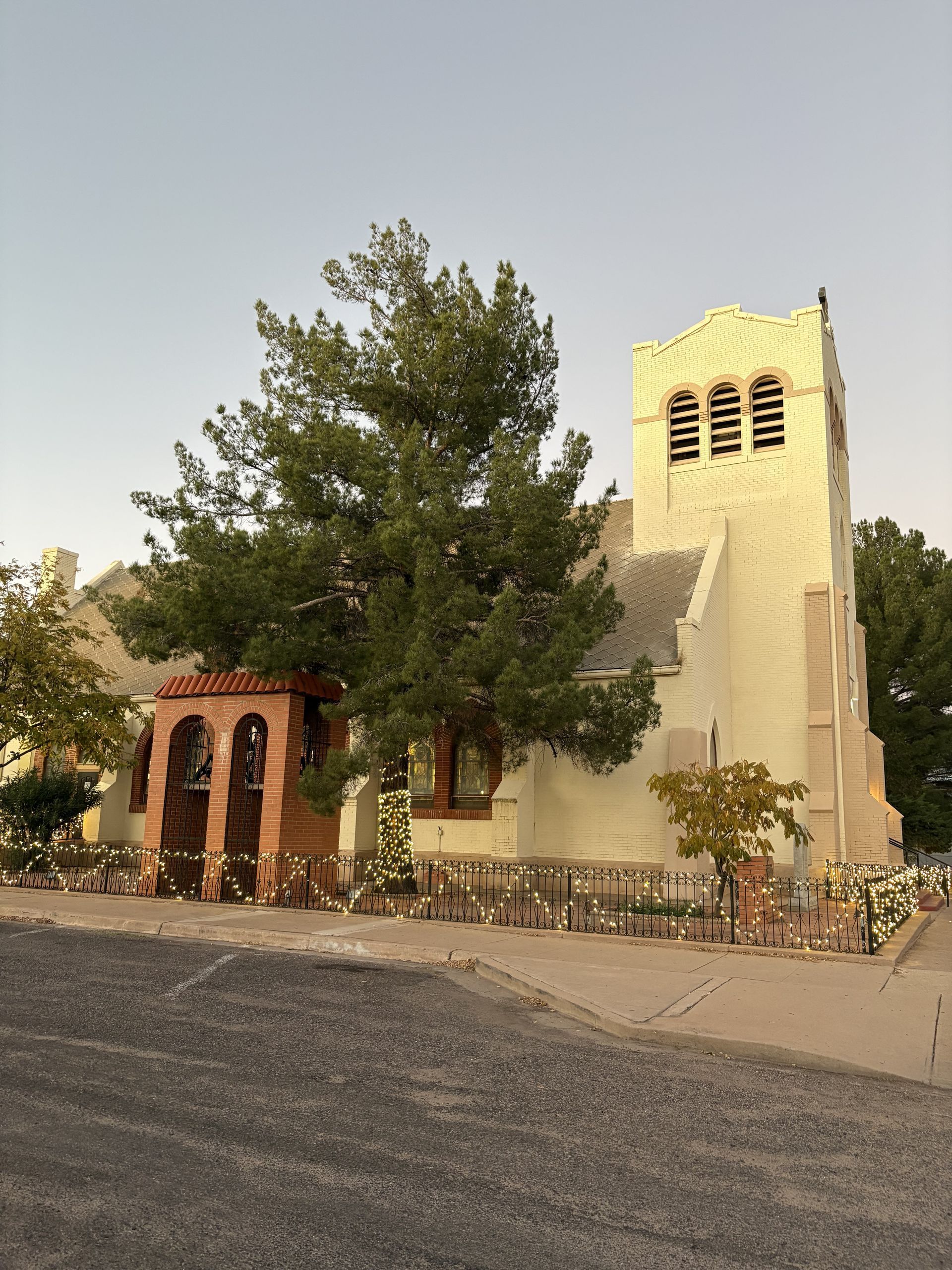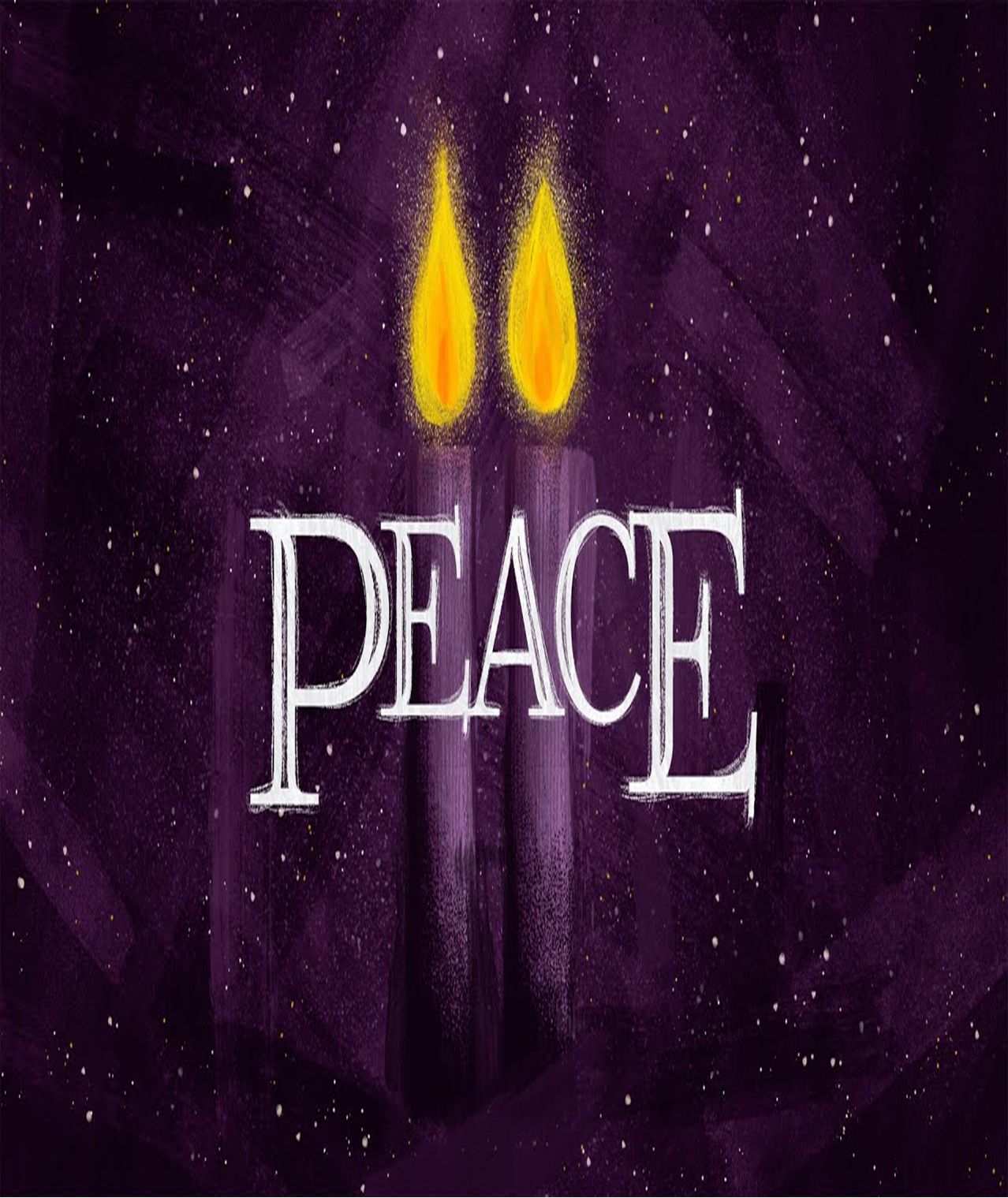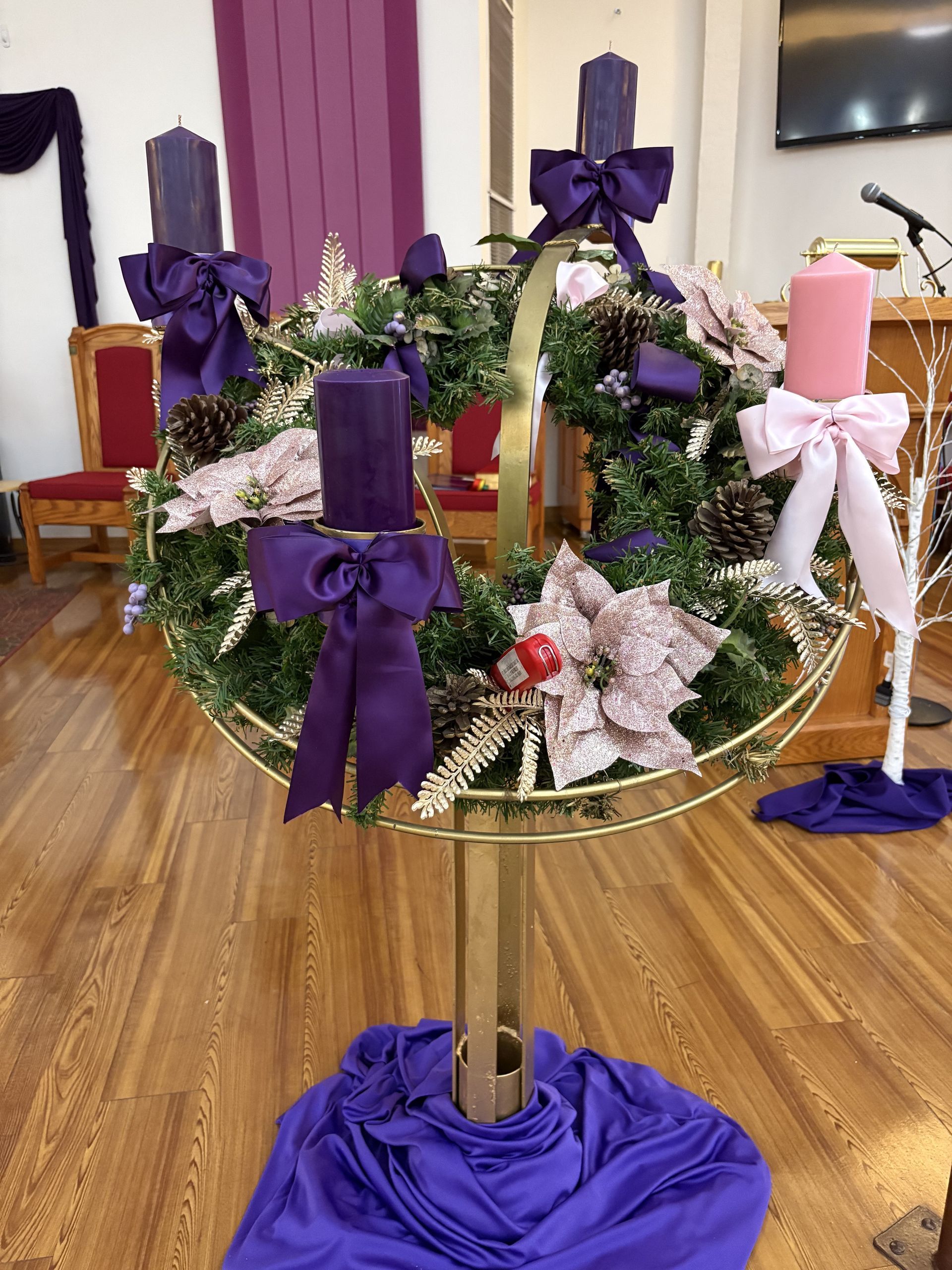John the Baptist, the forerunner, occupies a significant role in the advent season. Understandably, advent won’t pass without encountering this extraordinary religious figure whose life was destined for God for better for worse. On the second Sunday of advent, the liturgy takes us to the third chapter of Luke by laying down the historical context of the calling and ministry of John the Baptist for the forgiveness of sins. He began with the pecking order from the top-down, “in the fifteenth year of Tiberius Caesar when Pilate was the prefect Governor of Judea, Herod, tetrarch of Galilee…and the chief priesthood of Annas and Caiaphas”. The evangelist deemed it necessary to give us a background because for him, time – ‘chronos’ is of the essence in the immersion of the word in world history and culture which is most telling that the salvation of mankind didn’t take place in a vacuum. We cannot understand John the Baptist without knowing the lived experience. In other words, the cultural setting.
Since Luke chapter 3: 1-6 immediately follows the infancy narrative, this episode represents the end of the beginning welcoming John the Baptist as the consummation of an era which will now point to Jesus. All four gospels attest to the role of John as the forerunner. There is no way then to get to Jesus without first hearing the preaching of John. Somewhere along the way, we will encounter him. We can’t come or begin our journey with Jesus unless we hear John and go through the process of repentance, or turning back to God, or conversion – metanoia that is, change of outlook, mind, heart, life.
The word of God came to John the son of Zechariah, the Prophet in the desert. This calling is important in history and sets the tone for the birth of the Messiah. John, the forerunner was prepared at the early stage of his life for a sacred and difficult destiny, that is, to prepare for the coming of the Messiah. He lived a solitary life in the desert, set apart for a life of prayer and abstinence devoid of any worldly distraction.
Luke records the exact time of the calling of John as it was written in the words of the Prophet Isaiah: “a voice of one crying out in the desert: Prepare the way of the Lord, make straight his paths. Every valley shall be filled, and every mountain and hill shall be made low. The winding roads shall be made straight, and the rough ways made smooth, and all flesh shall see the salvation of God.” John is the voice crying out in the wilderness calling out everyone to fix the broken roads to prepare the royal highway for God. God is coming and so preparations are underway doing everything to make the occasion memorable for the incarnation of the word, the Son of God becoming human, coming in human flesh, one of us, God with us, Emmanuel.
The prophet Baruch, a scribe and secretary of the prophet Jeremiah, in the first reading, presents a comforting message to the sorrowing, hurting, sad and afflicted. It sounds like a dreadful and depressing message on advent season considering that it is originally addressed to those who have experienced so much loss and regret, it brings a lot of consolation and hope. After all the disruption of the pandemic which stalled normal lives, it is so refreshing to hear such an encouraging message, “to take off the robe of mourning, misery and distress; put on the splendor of glory from God forever: wrapped in the cloak of justice from God, bear on your head the mitre that displays the glory of the eternal flame”.
Although it is not easy to do this as we are still battling the depth, breadth and height of the health crisis and bracing for variants, the prophet Baruch is a comforter, a bearer of hope who tells her (Jerusalem) to remove her mourning garment. You can’t live in grief forever. You can’t be in terrible and miserable situation for life. Try to see the other side of life. He says, “Arise! Rise up! Stand upon the heights; look to the east and see your children gathered from the east and the west from all over place, at the word of the Holy One, rejoicing that they are remembered by God”. Salvation is at hand. This will all come to pass. They are on their way home. So, clothe yourself with splendid garments. Put the crown on your forehead, the mitre of the glory of the eternal name.
Christmas season draws many of us to the clothing industry. Clothes don’t make a man, but they resemble personality and character. They are precious commodities, highly symbolic, send messages, make powerful statement and self-expression. Outfit matters. How we dress signifies whether we care for ourselves or not. Since we care so much about clothing and dress especially on this season, Baruch’s message is not a clothing advice after all. Garment is not only a physical clothing that covers our bodies, it indicates inner life with God which is exactly what we do on advent that is, to wear religion on our sleeves which is what we need now more than ever.
Before putting on the robe of righteousness and peace, we must first take off the garment of sorrow and affliction. We cannot put on the robe of justice and mercy without first removing the garment of woe and despair that wear so heavily on us. We cannot wear it underneath or hide it in our smiles. We must take it off and move on. Easy to say but hard to do or by far, the hardest thing to do. What is this garment, knit and wrapped we’ve been wearing for a long time, resentment, vanity, envy? What are the garments that we’ve worn for a long time we thought there were no other alternatives? As we look forward to Christmas, let’s have a wardrobe change. Sorrow is only a garment. It is temporary. You can remove it and replace it with a robe of God’s righteousness with a diadem of glory, one size fits all. Let’s take Baruch’s words to heart. Let’s put on that robe at the back of our closet waiting to be worn. Let’s dress up on Christmas with the garment of beauty and glory of God. Amen.



